Why are feds cracking down on SUVs and big trucks?
Pedestrian deaths have risen sharply since 2009
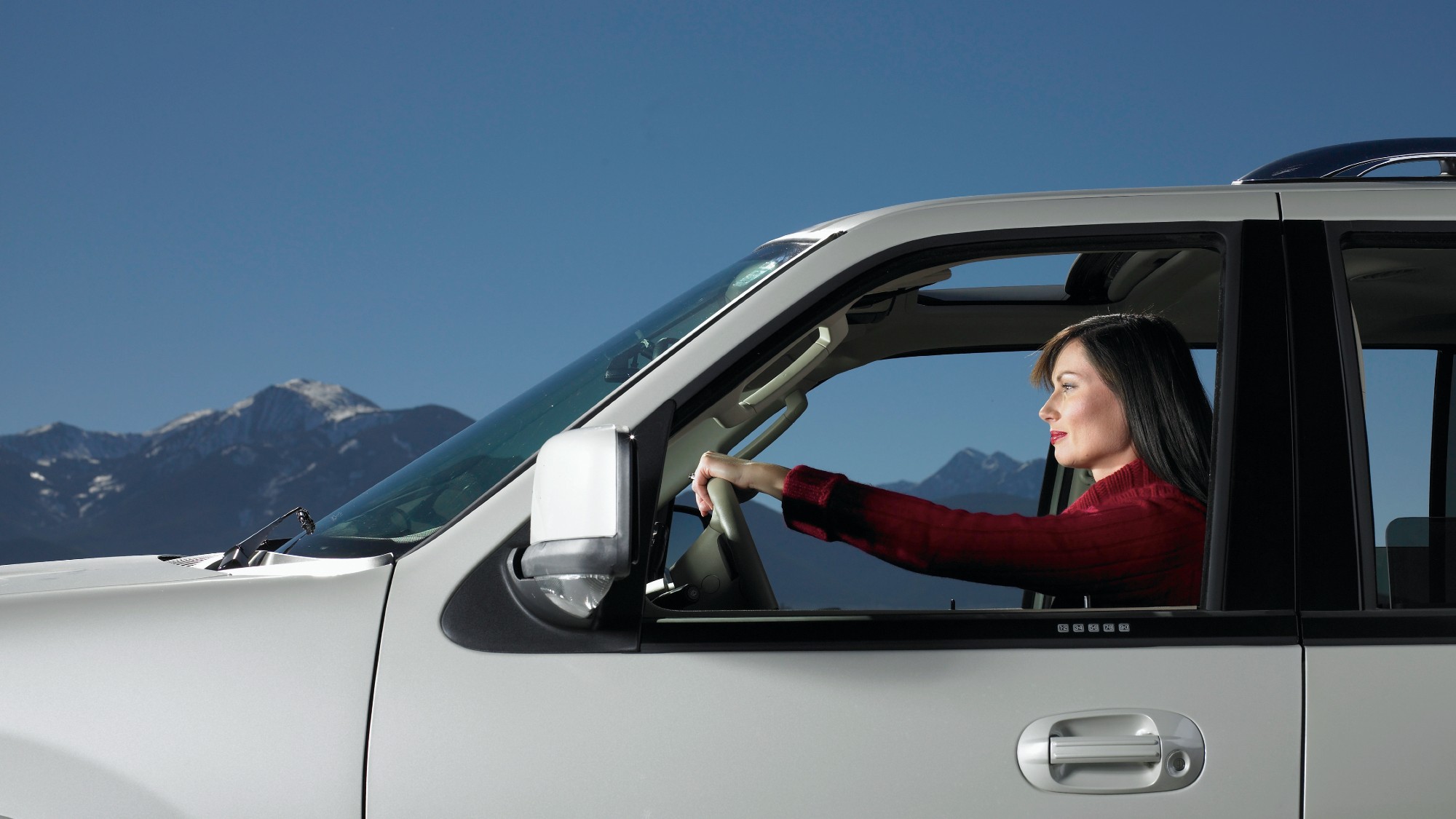

America's love affair with super-sized trucks and SUVs has a downside: The giant vehicles can be a menace to pedestrians, who have died in ever-greater numbers in recent years. That may change.
The National Highway Traffic Safety Administration is proposing new rules designed to "reduce the number of pedestrians killed and seriously injured" on American roadways, NPR said. The number of pedestrians killed in vehicle accidents has risen by 75% since 2009. The reasons for that rise are "complicated," but surely include the "growing size and weight of vehicles." Another factor? Design. Those big vehicles with "higher front ends and blunt profiles" are 45% more likely to cause fatalities than smaller cars and trucks.
The proposed rules will require auto companies to test their vehicles on crash test dummies that "simulate children and adults," said The Associated Press. That testing is expected to reveal "blind spots for drivers" in vehicles that have grown in "size and hood height" over recent years. The aim is to save lives. "We have a crisis of roadway deaths," said one official, "and it's even worse among vulnerable road users like pedestrians."
The Week
Escape your echo chamber. Get the facts behind the news, plus analysis from multiple perspectives.

Sign up for The Week's Free Newsletters
From our morning news briefing to a weekly Good News Newsletter, get the best of The Week delivered directly to your inbox.
From our morning news briefing to a weekly Good News Newsletter, get the best of The Week delivered directly to your inbox.
What did the commentators say?
Cars are safer than ever "for the people inside of them," Collin Woodard said at Jalopnik. That's not the case for people outside vehicles. Federal regulators have known "for over a decade" that action was needed to protect pedestrians and now it's finally happening. The proposed rules would apply to all American-made vehicles under 10,000 pounds, but "it's no secret that the Escalades and F-150s of the world are the primary targets." The rising number of pedestrian deaths makes the United States an "outlier" — in other developed countries road deaths "have been dropping instead of increasing." The rules could still be watered down, "but this is still a huge step in the right direction."
Giant passenger vehicles in America are "too much of a good thing," said The Economist. Carmakers say they're giving buyers "what they want" by increasing the size of vehicles, but the rising death rate of pedestrians is too high a price to pay for "roomier interiors and more powerful engines." Analyses show a vehicle's weight is a "critical factor" in the survivability of vehicle crashes, and that just makes sense. Despite all the safety features available on American vehicles today, "the laws of physics are cruel." Bottom line: "Reining in the heaviest vehicles would save lives."
What next?
Big trucks and SUVs "could look very different in the near future," said The Street. It's not just safety rules that will prompt the change: Automakers are also pushing — in fits and starts — to transition from gas-guzzling engines to electric vehicles, and the sheer size of many popular vehicles is an obstacle to that shift. "We have to start to get back in love with smaller vehicles," Ford CEO Jim Farley said at the Aspen Ideas Festival.
If implemented, The Verge said, the rules could save 67 lives a year. That may just be the start. Europe has "gone much further to protect pedestrians" by enacting rules that prevent some of the largest American passenger vehicles from being sold on the market. The new rules are a "step in the right direction," said Cathy Chase, the president of Advocates for Highway and Auto Safety. "But it still falls behind what Europe has successfully done."
A free daily email with the biggest news stories of the day – and the best features from TheWeek.com
Joel Mathis is a writer with 30 years of newspaper and online journalism experience. His work also regularly appears in National Geographic and The Kansas City Star. His awards include best online commentary at the Online News Association and (twice) at the City and Regional Magazine Association.
-
 Farage’s £9m windfall: will it smooth his path to power?
Farage’s £9m windfall: will it smooth his path to power?In Depth The record donation has come amidst rumours of collaboration with the Conservatives and allegations of racism in Farage's school days
-
 The issue dividing Israel: ultra-Orthodox draft dodgers
The issue dividing Israel: ultra-Orthodox draft dodgersIn the Spotlight A new bill has solidified the community’s ‘draft evasion’ stance, with this issue becoming the country’s ‘greatest internal security threat’
-
 Sudoku hard: December 13, 2025
Sudoku hard: December 13, 2025The daily hard sudoku puzzle from The Week
-
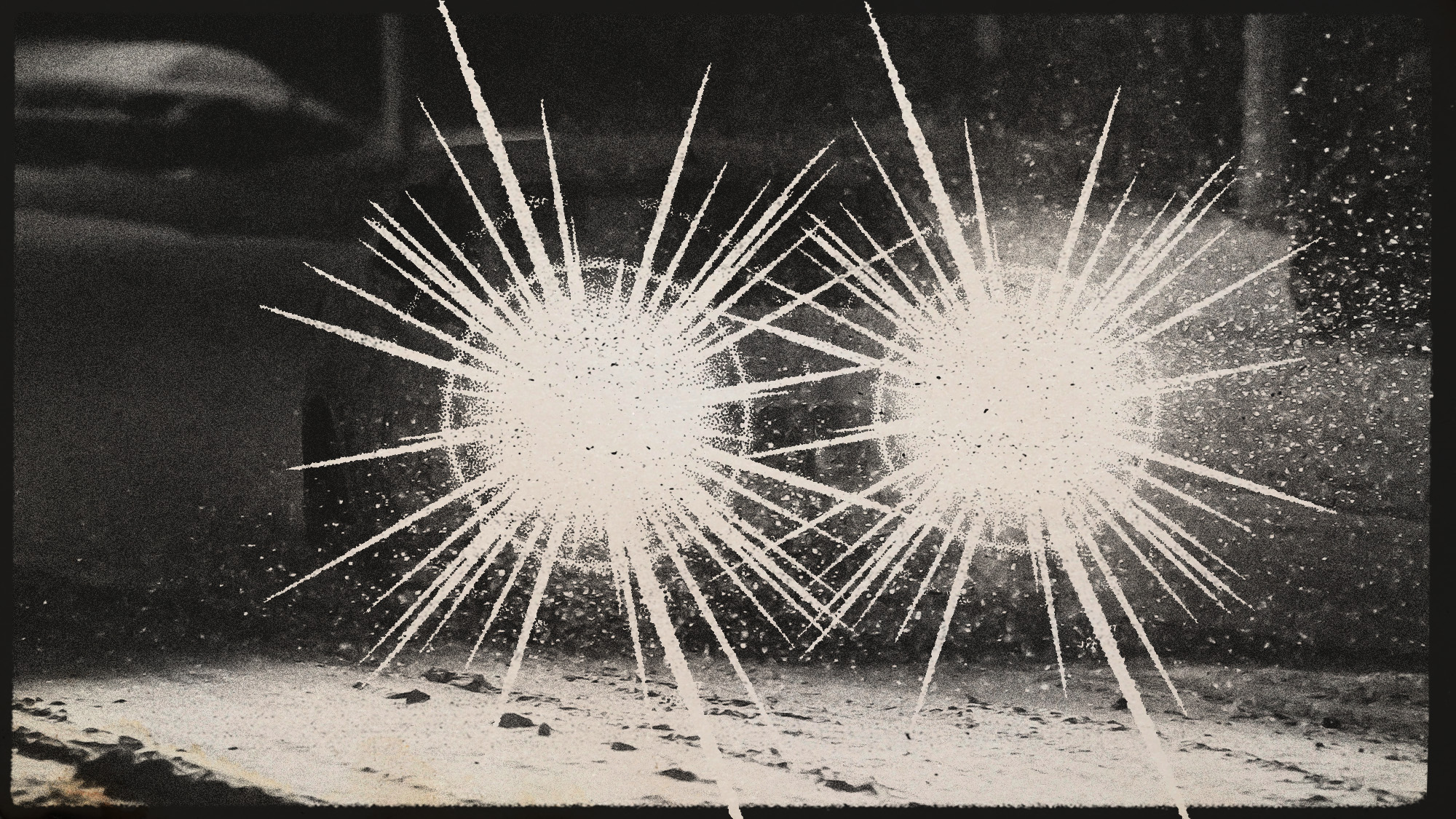 Are car headlights too bright?
Are car headlights too bright?The Explainer 82% of UK drivers concerned about being ‘dazzled’ as LED bulbs become more common
-
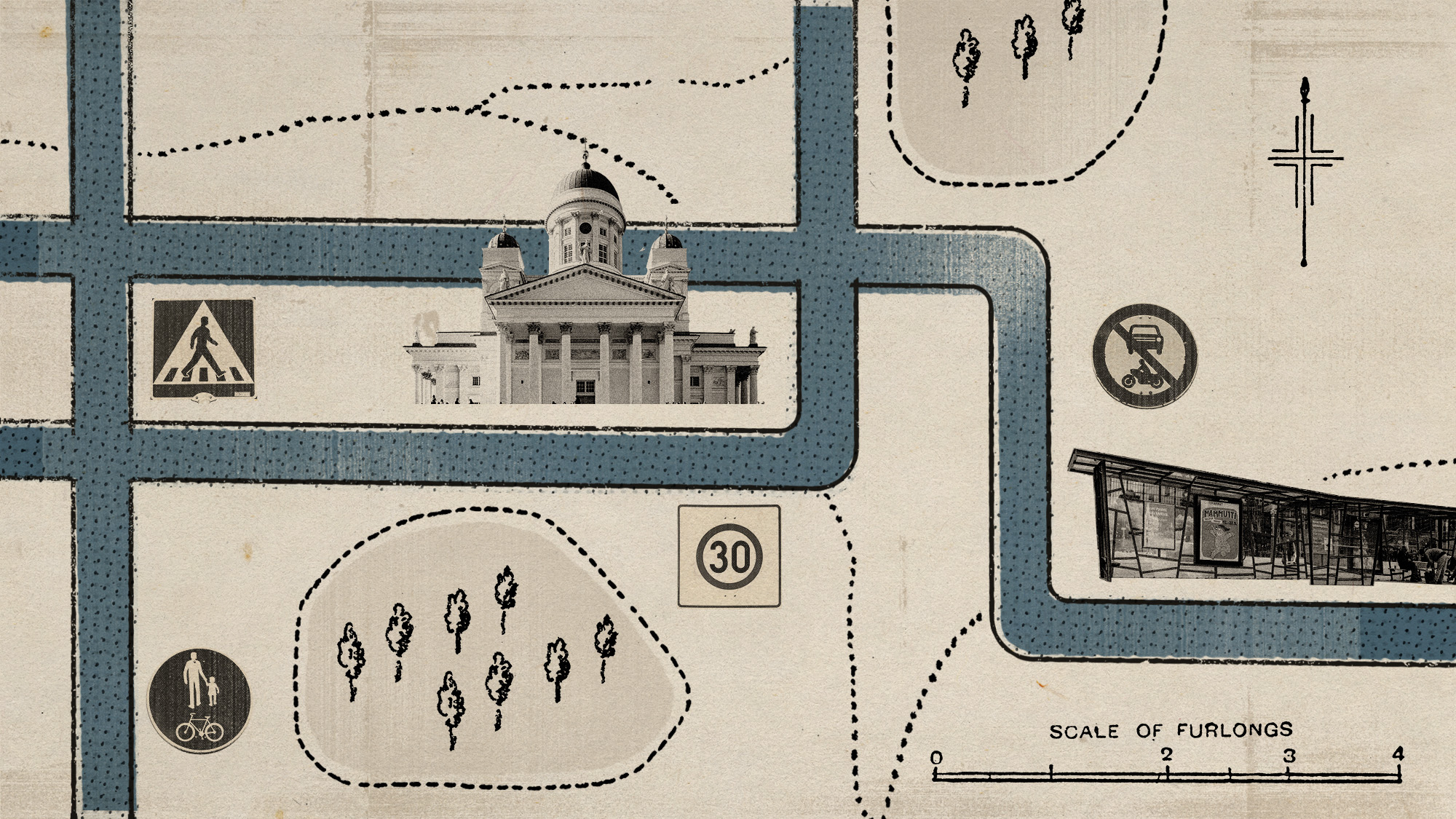 Helsinki's year of zero road fatalities
Helsinki's year of zero road fatalitiesUnder the Radar Finland's 'Vision Zero' safety strategy 'shifts responsibility for crashes from road users to the designers of the road system'
-
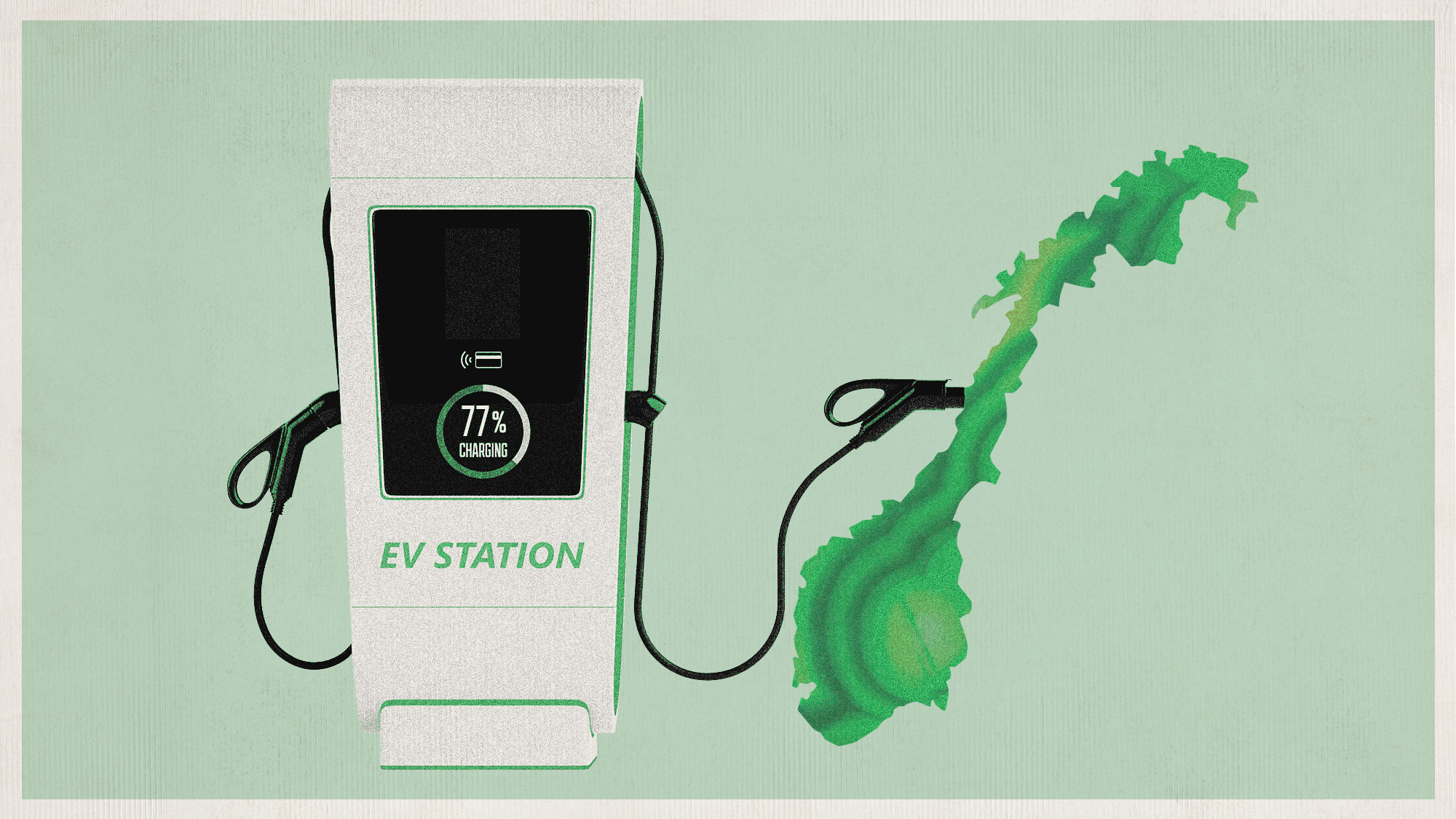 How Norway became an electric vehicle pioneer
How Norway became an electric vehicle pioneerUnder The Radar Early adoption, incentives and political consistency have helped Scandinavian nation race ahead
-
 US to require automatic braking on new cars
US to require automatic braking on new carsSpeed Read 'We're living through a crisis in roadway deaths'
-
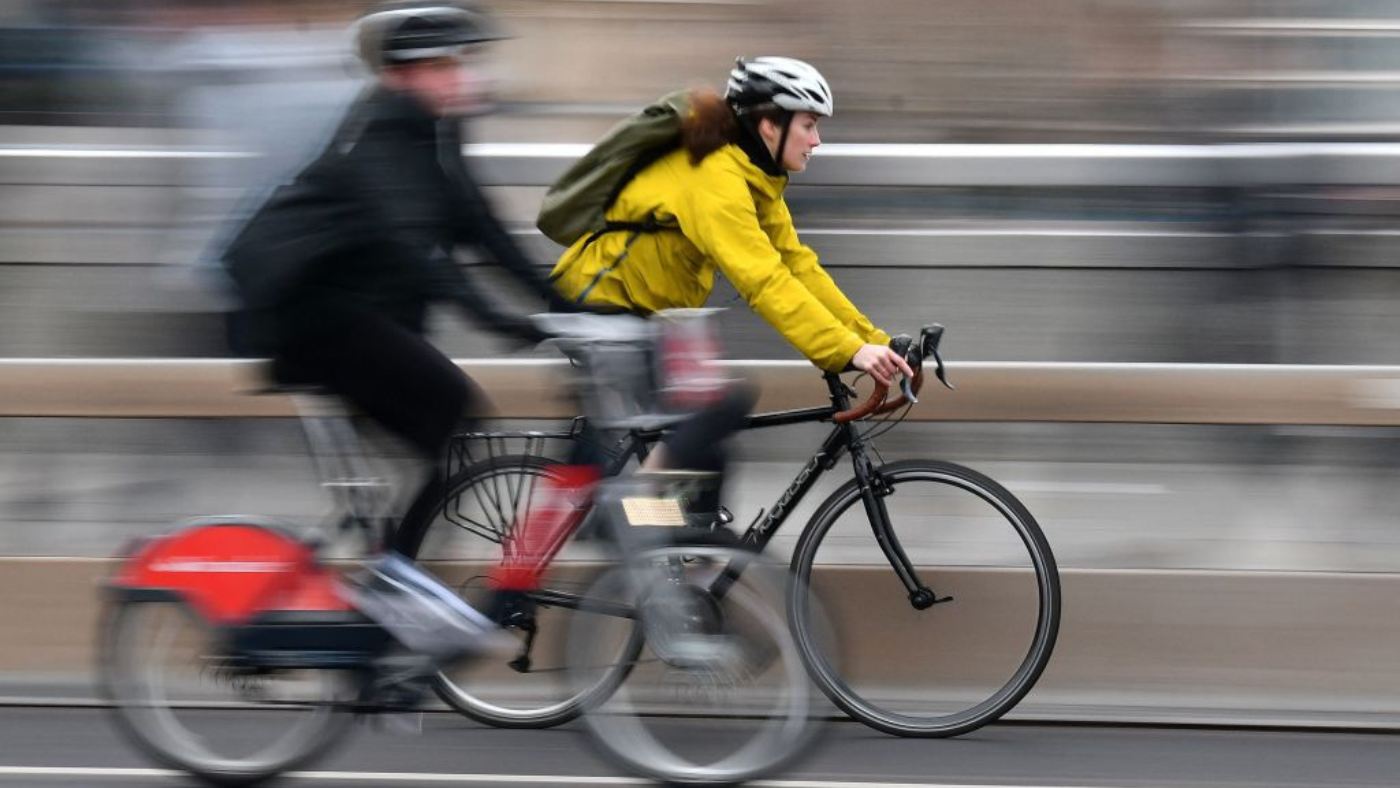 Should cyclists have to abide by the same rules as drivers?
Should cyclists have to abide by the same rules as drivers?Today's Big Question Transport secretary’s plans could see ‘dramatic shake-up’ of rules for bike users
-
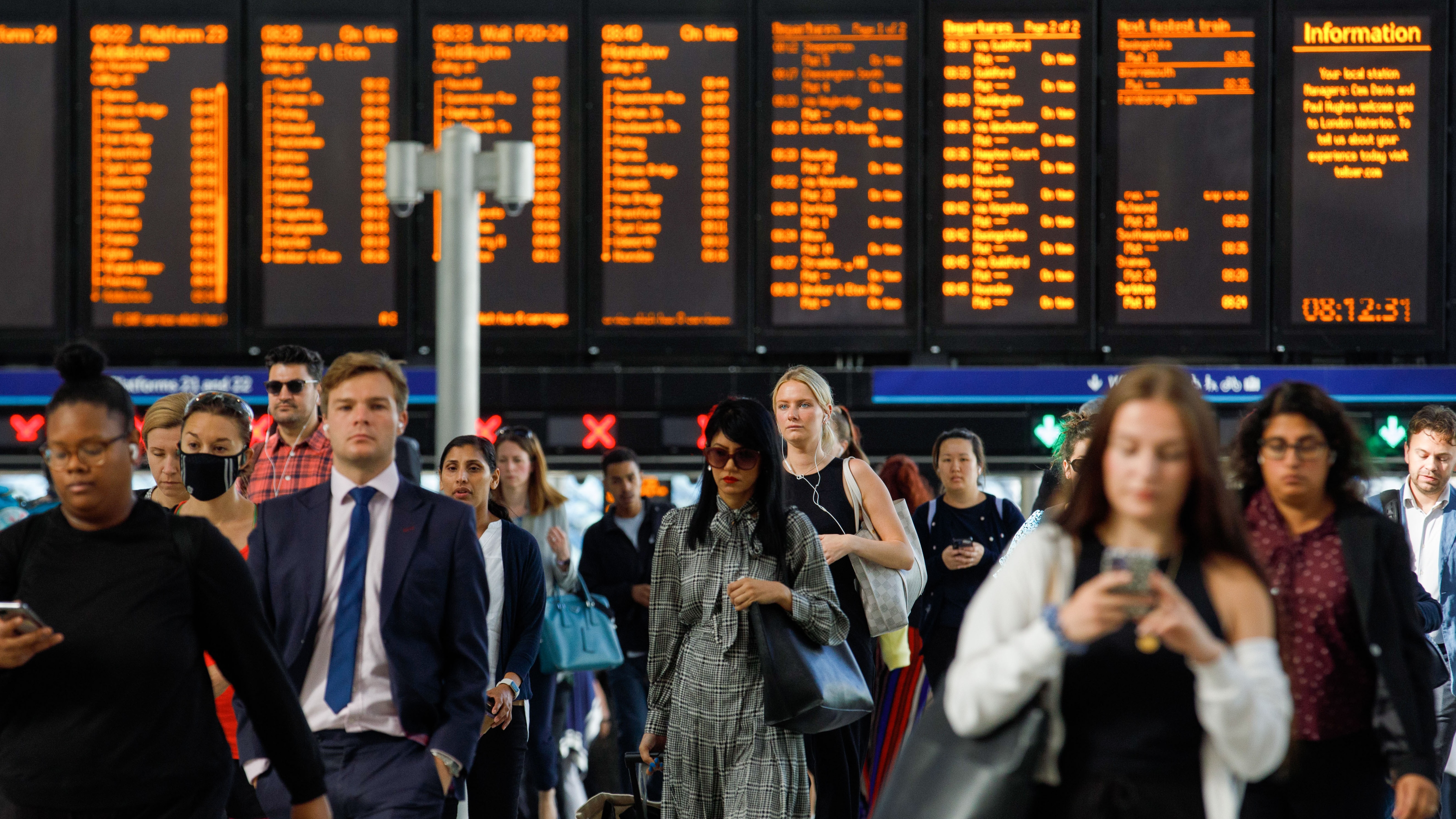 Rail strikes: which workers will be next to walk out?
Rail strikes: which workers will be next to walk out?Today's Big Question Strikes could spread to other public sector staff, says union chief
-
 How high will petrol prices go?
How high will petrol prices go?Today's Big Question Government under pressure to intervene as cost of petrol and diesel climbs to record levels
-
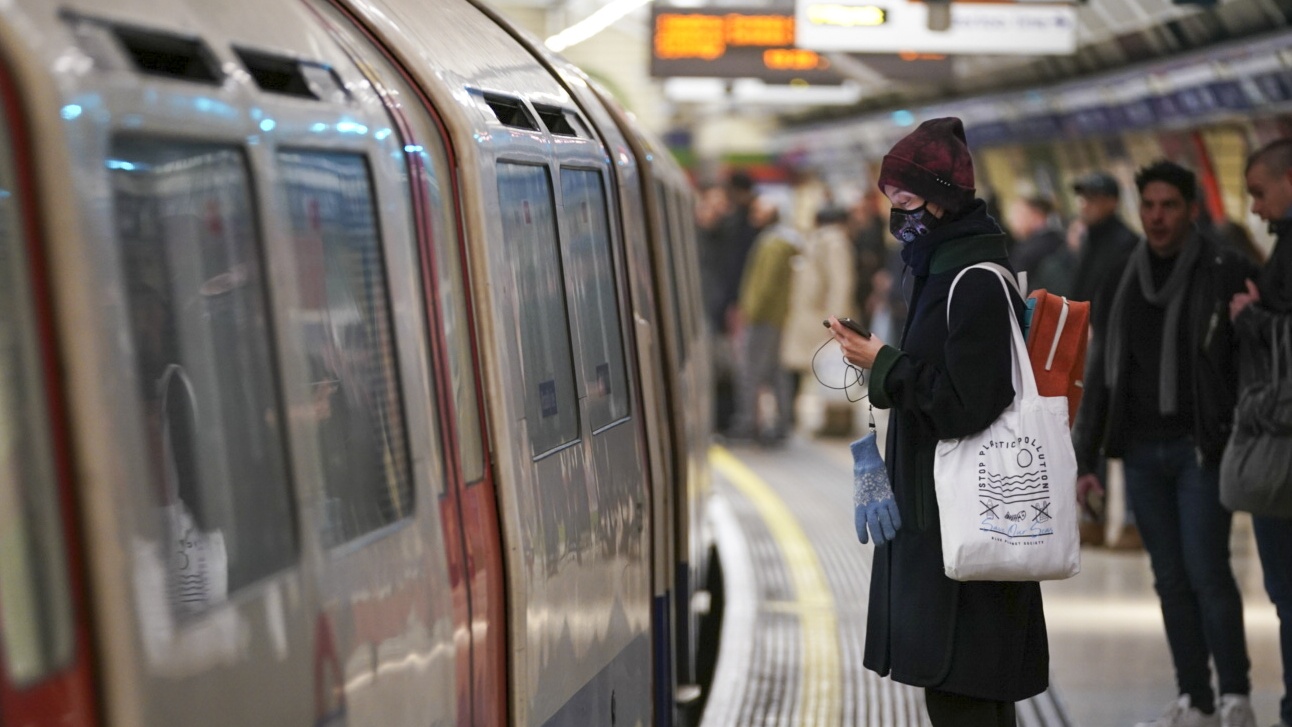 Will Transport for London’s financial ‘black hole’ lead to Tube closures?
Will Transport for London’s financial ‘black hole’ lead to Tube closures?Today's Big Question A lack of funding could see services and safety repair works put on hold
